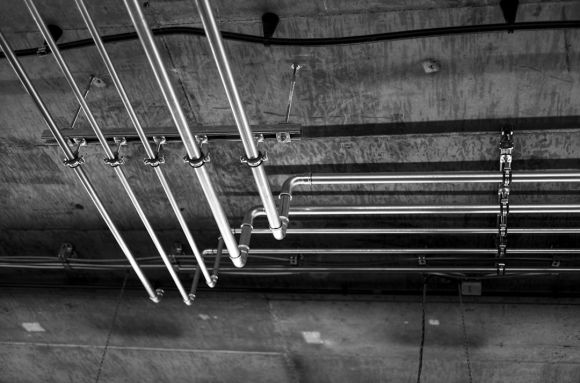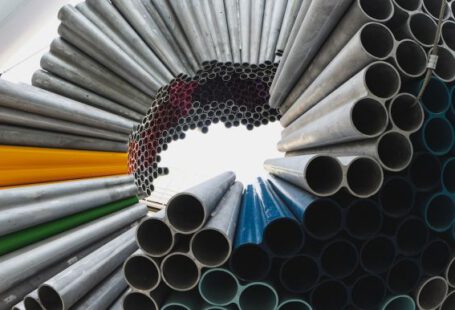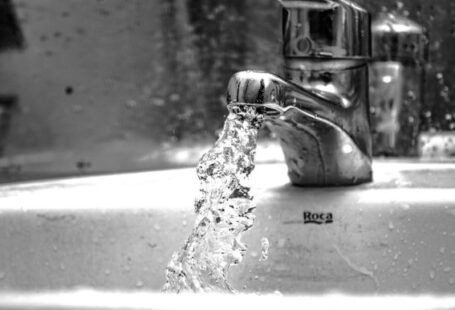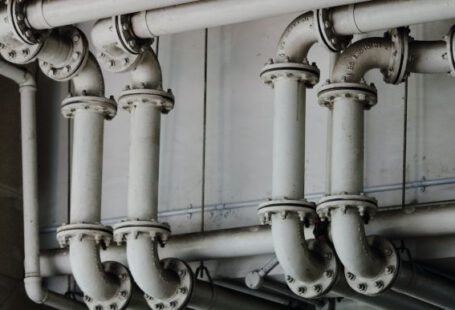Dealing with a slow drain can be a frustrating experience. It can disrupt your daily routine and create unpleasant odors in your home. While calling a plumber may seem like the easiest solution, there are several DIY methods you can try before resorting to professional help. In this article, we will guide you through the process of clearing a slow drain, saving you time and money.
Identifying the Problem
Before you start unclogging your drain, it is important to identify the root cause of the problem. Is it a single drain that is slow, or are multiple drains in your home affected? If the problem is limited to one drain, it is likely that a clog has formed in the pipe leading directly from that fixture. On the other hand, if multiple drains are slow, the clog may be further down the main drain line.
Using a Plunger
One of the most common and effective methods for clearing a slow drain is using a plunger. Begin by filling the affected sink or bathtub with enough water to cover the plunger head. Apply petroleum jelly to the rim of the plunger to create a tight seal, then place the plunger over the drain and vigorously plunge up and down for about 20 seconds. This will create pressure that can dislodge the clog and restore proper drainage.
Baking Soda and Vinegar
If plunging does not solve the issue, you can try using a mixture of baking soda and vinegar. Start by pouring a pot of boiling water down the drain to loosen any grease or debris. Next, pour half a cup of baking soda down the drain, followed by half a cup of vinegar. Cover the drain with a cloth or plug to contain the chemical reaction, and let it sit for about 30 minutes. Finally, flush the drain with hot water to clear away the clog.
Using a Drain Snake
For more stubborn clogs, a drain snake can be a useful tool. Insert the snake into the drain and rotate the handle clockwise to break up the clog. Keep pushing the snake further into the drain until you feel resistance, then rotate the handle counterclockwise to retrieve the clog. Repeat this process as necessary until the drain is clear.
Preventing Future Clogs
Once you have successfully cleared your slow drain, it is important to take preventative measures to avoid future clogs. Avoid pouring grease, oil, or coffee grounds down the drain, as these can solidify and cause blockages. Use a drain strainer to catch hair and other debris before it enters the drain. Additionally, periodically flushing your drains with hot water can help prevent buildup and keep them running smoothly.
In conclusion
Clearing a slow drain can be a simple task that you can tackle on your own. By following these DIY methods, you can save yourself the hassle and expense of calling a plumber. Remember to identify the problem, use a plunger, try baking soda and vinegar, or use a drain snake if needed. Finally, take preventative measures to avoid future clogs. With a little bit of effort and know-how, you can restore proper drainage to your home in no time.



